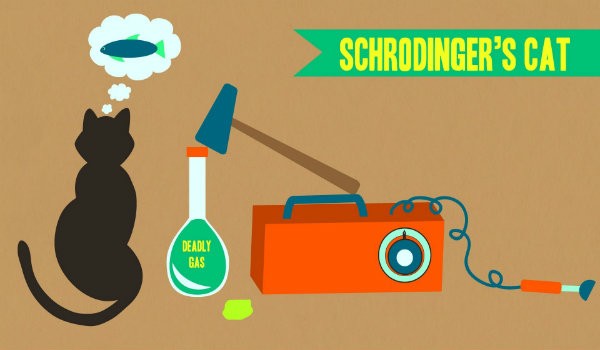Schrodinger's cat is a quantum physics paradox that explains how a hypothetical cat inside a box can be both dead or alive until the box is finally opened for observation. Now, a team of physicists from Yale University has come up with a research that explains how to make the hypothetical cat both live and die in two separate boxes.
Technically, Schrodinger's cat has nothing to do with a cat. It is just a hypothetical "cat state" in which two or more quantum particles are believed to be in two different states at the same time. Until 2005, Schrodinger's cat was just a thought experiment. However, a team of physicists at the National Institute of Standards and Technology were able to actually create a cat state in laboratory condition.
The team then used six atoms in simultaneous spin up and spin down states to create the perfect cat state in laboratory condition, according to Gizmodo. The other team of researchers followed the same experiment to create large cat states with the help of photons.
Now, in the recent study published in the journal Science, the Yale researchers have explained how the photons in cat state are not only in a superposition of states, but are also entangled. That is, if the state of one photon is changed, the other one will also get changed no matter whether they remain entangled or if they are separated.
The twist added by the researchers to the Schrodinger's cat paradox goes in line with what the great scientist Albert Einstein once described as "spooky action at a distance."
To prove the theory and to create a state where the cat can exist in separate boxes as both living and dead at the same time, the researchers created a chamber with two aluminium cavities. The team then connected the two cavities with the help of a sapphire superconducting artificial atom. As a result, they were able to create two cats made of microwave lights, one alive and one dead, in two different cavities at the same time.
The following TED video explains Schrodinger's cat, a thought experiment in quantum mechanics:



























